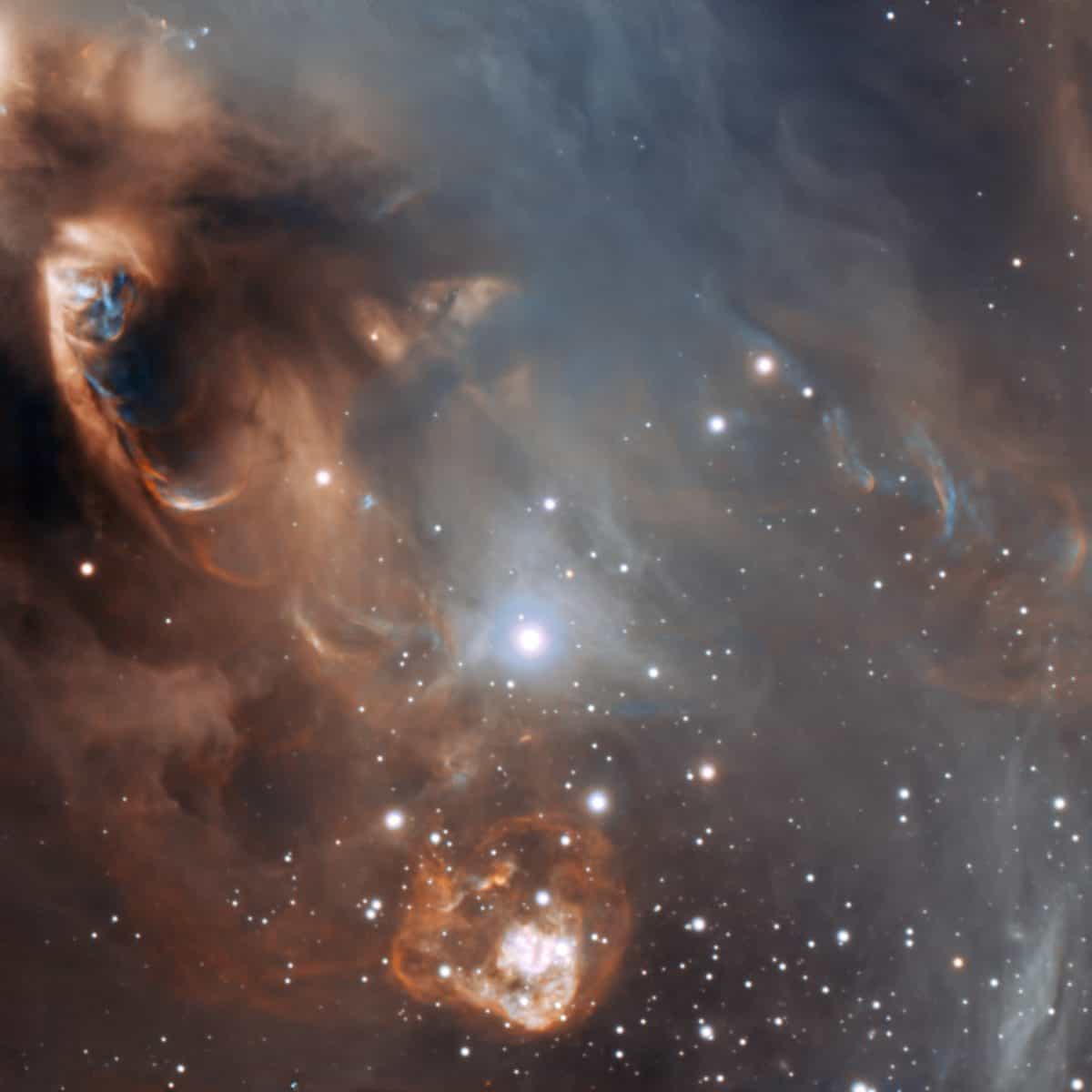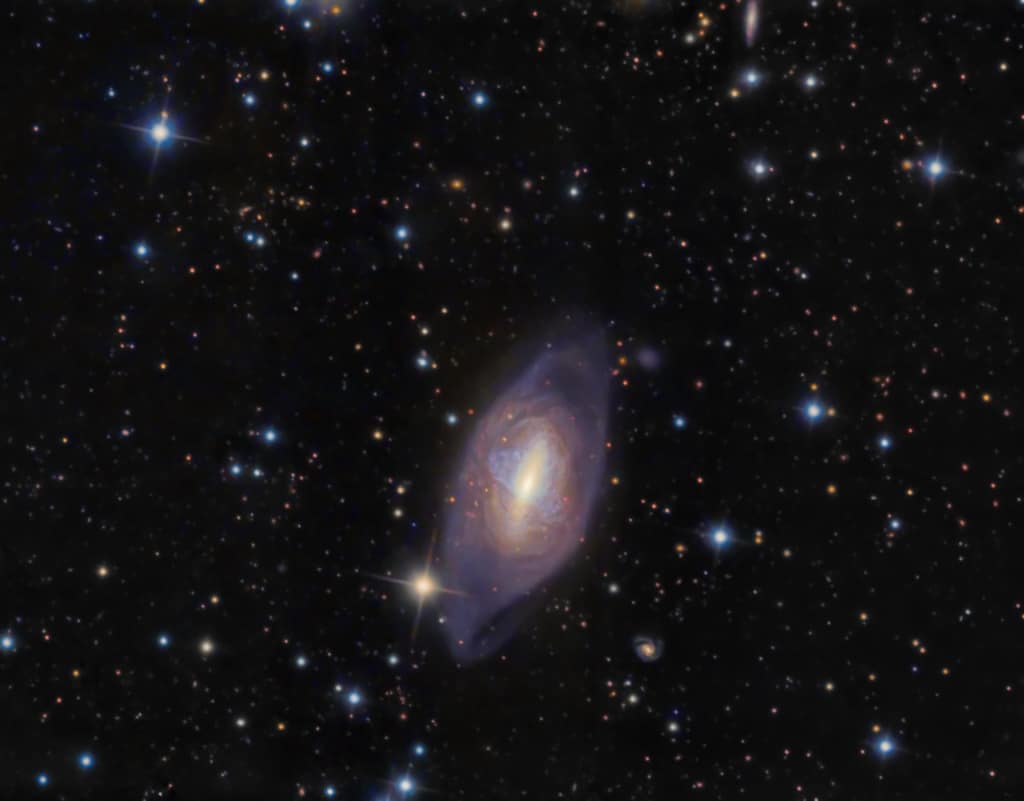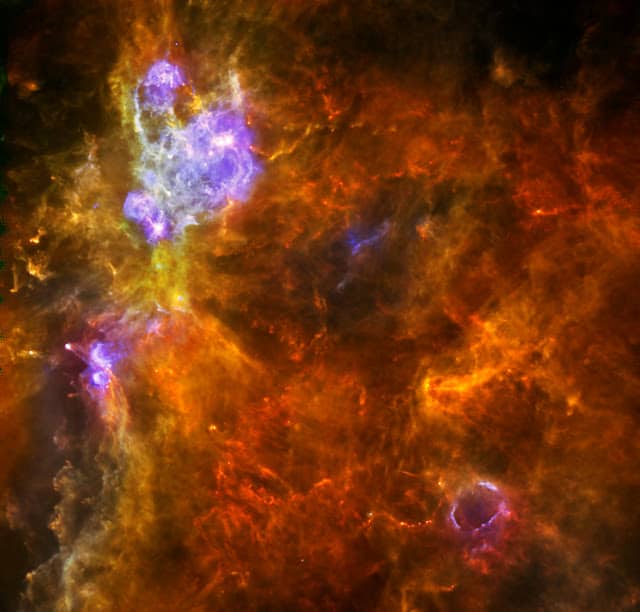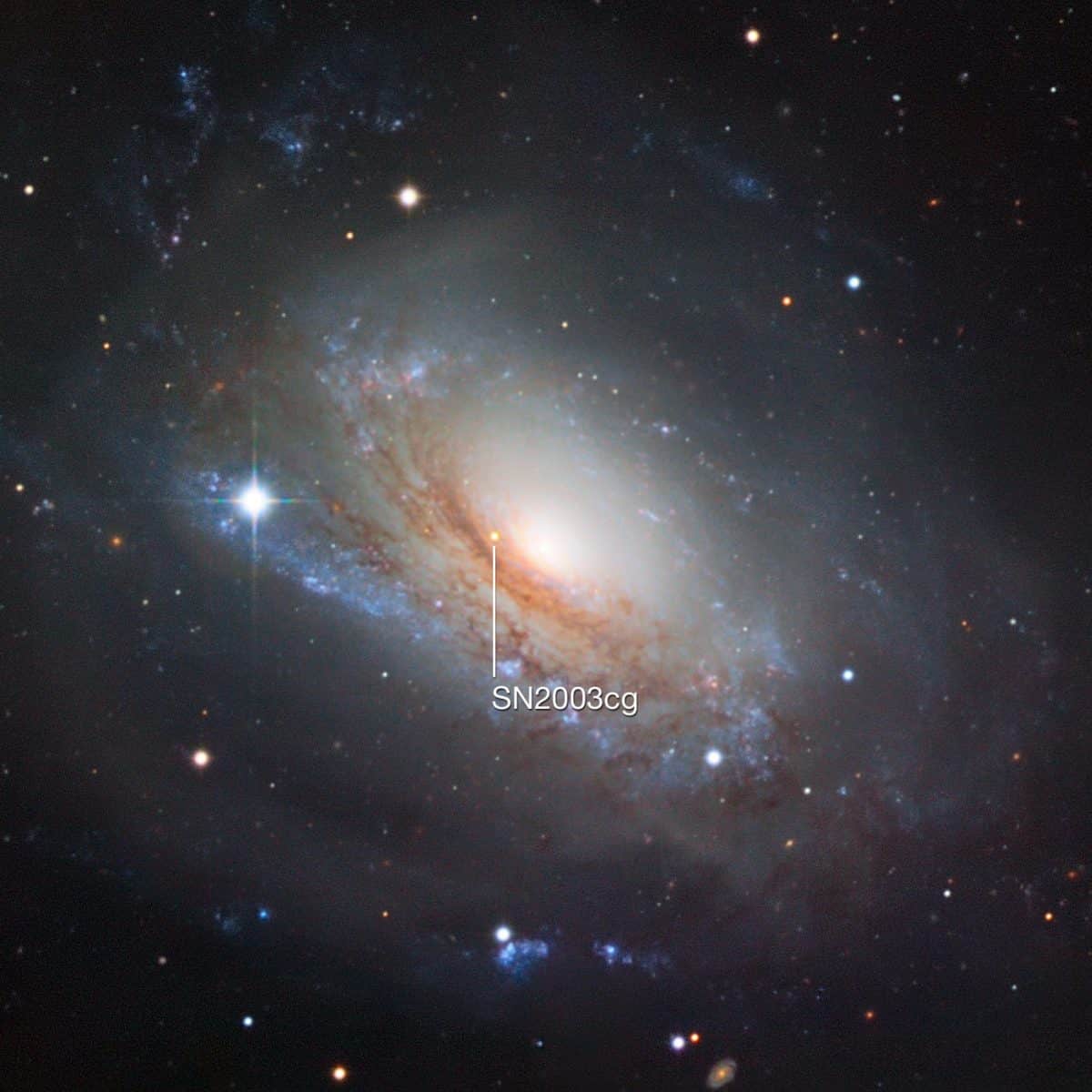Blog
Conrad Yeatis “Sonny” Clark (July 21, 1931 – January 13, 1963) was an American jazz pianist who mainly worked in the hard bop idiom.
Clark was born and raised in Herminie, Pennsylvania, a coal mining town east of Pittsburgh. His parents were originally from Stone Mountain, Georgia. His miner father, Emery Clark, died of a lung disease two weeks after Sonny was born. Sonny was the youngest of eight children. At age 12, he moved to Pittsburgh.
When visiting an aunt in California at age 20, Clark decided to stay and began working with saxophonist Wardell Gray. Clark went to San Franciscowith Oscar Pettiford and after a couple months, was working with clarinetist Buddy DeFranco in 1953. Clark toured the United States and Europe with DeFranco until January 1956, when he joined The Lighthouse All-Stars, led by bassist Howard Rumsey.
Wishing to return to the east coast, Clark served as accompanist for singer Dinah Washington in February 1957 in order to relocate to New York City. In New York, Clark was often requested as a sideman by many musicians, partly because of his rhythmic comping. He frequently recorded for Blue Note Records, playing as a sideman with many hard bop players, including Kenny Burrell, Donald Byrd, Paul Chambers, John Coltrane, Dexter Gordon, Art Farmer, Curtis Fuller, Grant Green, Philly Joe Jones, Clifford Jordan, Jackie McLean, Hank Mobley, Art Taylor, and Wilbur Ware. He also recorded sessions with Charles Mingus, Sonny Rollins, Billie Holiday, Stanley Turrentine, and Lee Morgan.
more...Zani Diabaté, who died in 2011, was one of the great Malian guitar heroes who never quite made it in the west, despite his adventurous fusion of traditional styles and rock energy; he was compared to Hendrix when the exuberant album Zani Diabaté & The Super Djata Band was released here in 1988. But now his music and style are being resurrected, thanks to percussionist Bamba Dembélé, who played with him in Super Djata before joining the legendary Super Rail Band De Bamako, alongside drummer Maguett Diop and guitarist Moussa Diabaté – who now reappear alongside Dembélé in Bamba Wassoulou Groove. This is a band dominated by three guitarists, with Moussa taking the lead on new songs and old Super Djata favourites. On Farima he switches from a cool, drifting introduction to a driving solo, while Bina is a mellow workout featuring inter-twining guitars.
more...https://www.youtube.com/watch?v=pekCLrEUM00
more...This very detailed enhanced-colour image from ESO’s Very Large Telescope shows the dramatic effects of very young stars on the dust and gas from which they were born in the star-forming region NGC 6729. The baby stars are invisible in this picture, being hidden behind dust clouds at the upper left of the picture, but material they are ejecting is crashing into the surroundings at speeds of that can be as high as one million kilometres per hour. This picture was taken by the FORS1 instrument and records the scene in the light of glowing hydrogen and sulphur.
NGC 6729 is a reflection/emission nebula in the constellation Corona Australis. It was discovered by Johann Friedrich Julius Schmidt in 1861.
This fan-shaped nebula opens from the star R Coronae Australis toward the star T CrA to the south-east. R CrA is a pre-main-sequence star in the Corona Australis molecular complex, one of the closer star-forming regions of the galaxy at a distance of 130 pc.
more...Carlos Santana (born July 20, 1947) is a Mexican and American musician who first became famous in the late 1960s and early 1970s with his band, Santana, which pioneered a fusion of rock and Latin American jazz. The band’s sound featured his melodic, blues-based guitar lines set against Latin and African rhythms featuring percussion instruments such as timbales and congas not generally heard in rock music. Santana continued to work in these forms over the following decades. He experienced a resurgence of popularity and critical acclaim in the late 1990s. In 2003 Rolling Stone magazine listed Santana at number 20 on their list of the 100 Greatest Guitarists of All Time. He has won 10 Grammy Awards and three Latin Grammy Awards.
Santana was born in Autlán de Navarro, Jalisco, Mexico. He learned to play the violin at age five and the guitar at age eight under the tutelage of his father, a mariachi musician. His younger brother, Jorge Santana, would also become a professional guitarist. Young Carlos was heavily influenced by Ritchie Valens at a time when there were very few Mexicans in American rock and pop music.
https://www.youtube.com/watch?v=P8dGh1iEmCY&t=41s
more...Ernest Brooks Wilkins Jr. (July 20, 1922 – June 5, 1999) was an American jazz saxophonist, conductor and arranger who spent several years with Count Basie. He also wrote for Tommy Dorsey, Harry James, and Dizzy Gillespie. He was musical director for albums by Cannonball Adderley, Dinah Washington, Oscar Peterson, and Buddy Rich.
Wilkins was born in St. Louis, Missouri. In his early career he played in a military band, before joining Earl Hines‘s last big band. He worked with Count Basie from 1951 to 1955, eventually leaving to work free-lance as a jazz arranger and songwriter. His success declined in the 1960s, but revived after work with Clark Terry, leading to a tour of Europe.
more...World Music on Flamenco Fridays with Vicente Amigo.
Vicente Amigo Girol (born 25 March 1967) is a Spanish flamenco composer and virtuoso guitarist, born in Guadalcanal, near Seville. He has played as backing guitarist on recordings by flamenco singers El Pele, Camarón de la Isla, Vicente Soto, Luis de Córdoba and the rociero band Salmarina, and he has acted as a producer for Remedios Amaya and José Mercé. His album Ciudad de las Ideas won the 2001 Latin Grammy for the Best Flamenco Album and the 2002 Ondas award for the best Flamenco work.
more...NGC 2685 (also known as the Helix Galaxy or Arp 336) is a polar ring galaxy of about 50,000 light-years across, located some 42 million light-years away from Earth in the northern constellation of Ursa Major (the Great Bear). It is receding from us at approximately 883 kilometers per second.
The name “Arp 336” derives from being included in Arp’s Atlas of Peculiar Galaxies, a catalog of 338 peculiar galaxies, drawn up by Halton Arp in the years from 1962 through 1967 and published by the California Institute of Technology.
A polar-ring galaxy is a rare type of galaxy in which an outer ring of gas, stars and dust orbits in a plane almost perpendicular to the normal flat plane of the galaxy. These polar rings are thought to form when two galaxies gravitationally interact with each other. One possibility is that material is tidally stripped from a passing galaxy, with the captured debris strung out in a rotating ring. The other possibility is that a smaller galaxy collides perpendicular with the plane of rotation of the larger galaxy, with the smaller galaxy effectively forming the polar ring.
In the case of NGC 2685, several thin filamentary strands, consisting of knots of luminous star-forming regions and hydrogen gas form a helical band perpendicular to the main disk and centered on the galactic nucleus. These structures suggest that NGC 2685 once had a much smaller companion that was captured into a polar orbit and had its stars eventually merged with those of the larger system, leaving behind the companion’s interstellar medium. New generations of stars formed from this material to produce the luminous ring seen today.
The rotating ring of NGC 2685 is found to be remarkably old and stable. It is possible that if the Magellanic Clouds had been closer to the Milky Way, they too would have created a polar ring around our galaxy.
In this image, the strange, perpendicular rings are easy to trace as they pass in front of the galactic disk, along with other disturbed outer structures. NGC 2685 is seen amidst lots of foreground stars and background galaxies.
more...Phil Upchurch (born July 19, 1941, Chicago, Illinois) is an American blues, jazz and R&B guitarist and bassist.
Upchurch started his career working with the Kool Gents, the Dells, and the Spaniels before going on to work with Curtis Mayfield, Otis Rush, and Jimmy Reed. (His association with Kool Gents member Dee Clark would continue, including playing guitar on Clark’s 1961 solo hit “Raindrops“.) He then returned to Chicago to play and record with Woody Herman, Stan Getz, Groove Holmes, B.B. King, and Dizzy Gillespie.
more...William C. “Buster“ Bailey (July 19, 1902 – April 12, 1967) was a jazz clarinetist.
Buster Bailey was a master of the clarinet and was educated on the instrument by classical teacher Franz Schoepp, the man who taught Benny Goodman. Bailey got his start with W.C. Handy’s Orchestra in 1917 when he was just fifteen years old. After two years of touring with Handy, Bailey quit the orchestra while the band was in Chicago. In 1919, Bailey joined Erskine Tate’s Vendome Orchestra and remained with Tate until 1923 when he joined up with Joe “King” Oliver. As a member of King Oliver’s Creole Jazz Band, Bailey met and became friends with Louis Armstrong, who was also a member of the band at that time. In 1924, Armstrong left King Oliver’s Jazz Band to join Fletcher Henderson’s Orchestra in New York. Within a month Armstrong extended an invitation for Buster Bailey to join him as a member of Henderson’s band. Bailey accepted and moved to New York City.
more...a band formed by South American expats from Argentina and Colombia living in Spain. Che Sudaka is known for its lively shows and party-like atmosphere, where the band mixes accordion-fueled Colombian cumbia, ska, pop, rock, Andean folk music, Brazilian beats and other musical forms.
more...Jalacy “Screamin’ Jay” Hawkins (July 18, 1929 – February 12, 2000) was an American singer, songwriter, musician, and actor. Famed chiefly for his powerful, operatic vocal delivery and wildly theatrical performances of songs such as “I Put a Spell on You“, he sometimes used macabre props onstage, making him an early pioneer of shock rock.
Born and raised in Cleveland, Ohio, Hawkins studied classical piano as a child and learned guitar in his twenties. His initial goal was to become an opera singer (Hawkins cited Paul Robeson as his musical idol in interviews), but when his initial ambitions failed he began his career as a conventional blues singer and pianist.
more...Tata Güines (June 30, 1930 – February 4, 2008), born Federico Arístides Soto Alejo, was a Cuban percussionist on the tumbadora, or conga drum, as well as a composer. He was important in the first generation of Afro-Cuban jazz.
Güines was born in Güines, a poor town east of La Habana in the province of Havana in Cuba. He made his first drums out of milk cartons and sausages. By the 1950s he was working with such top Cuban musicians as Arsenio Rodríguez, Luciano “Chano” Pozo, Bebo Valdés and Israel “Cachao” López. In the late 1950s he formed a band with the pianist Frank Emilio Flynn, forming a new band, Quinteto Instrumental de Música Moderna, later known as Los Amigos.
Güines moved to New York City in 1957, playing there with great jazz players such as Dizzy Gillespie, Maynard Ferguson, and Miles Davis at Birdland. As a percussionist, he performed with Josephine Baker and Frank Sinatra. He returned to Cuba in 1959 after Fidel Castro came to power in the Cuban Revolution which he helped fund by contributions from his earnings as a musician.
more...https://www.youtube.com/watch?v=HmEeoqRD0ew
more...This section of a picture from the Wide Field Imager on the MPG/ESO 2.2-metre telescope at the La Silla Observatory in Chile shows the galaxy NGC 3169 and marks the location of the supernova SN 2003cg.
NGC 3169 is a spiral galaxy about 75 million light years away in the constellation Sextans. It has the morphological classification SA(s)a pec, which indicates this is a pure, unbarred spiral galaxy with tightly-wound arms and peculiar features. There is an asymmetrical spiral arm and an extended halo around the galaxy.
This is a LINER 2 galaxy that displays an extended emission of X-rays in the region of the nucleus. A hard X-ray source at the center most likely indicates an active galactic nucleus. The stellar population in the nucleus, and a ring at an angular radius of 6″, shows an age of only one billion years and is generally younger than the surrounding stellar population. This suggests that a burst of star formation took place in the nucleus roughly one billion years ago.
In 1984, a Type II-L supernova was discovered in this galaxy. Designated 1984E, the spectrum of this event at maximum light showed prominent balmer lines that indicated the explosion occurred inside a dense shell of hydrogen surrounding the star. This shell was likely created by a strong stellar wind from the progenitor star. A second supernova was discovered in 2003; this time of type 1a. It was designated SN 2003 cg and reached peak magnitude 15.94
more...Chico Freeman (born Earl Lavon Freeman Jr.; July 17, 1949) is a modern jazz tenor saxophonist and trumpeter and son of jazz saxophonist Von Freeman. He began recording as lead musician in 1976 with Morning Prayer, won the New York Jazz Award in 1979 and earned the Stereo ReviewRecord of the Year in 1981 for his album The Outside Within.
Freeman was introduced to the trumpet by his brother Everett, who found a trumpet in the family basement. Freeman began playing, inspired by artists such as Miles Davis. He went to Northwestern University in 1967 with a scholarship for mathematics and played the trumpet in the school, but did not begin playing the saxophone until his junior year. After practicing eight to ten hours per day and trying out for the saxophone section, Freeman quickly changed his major to music, and graduated in 1972. By that time he was proficient in saxophone, trumpet, and piano.
more...More Posts
- World Music with Mdou Moctar
- Daily Roots with Freddie McKay
- The Cosmos with H 1632996
- Ralph Molina
- Kris Kristofferson
- Hermeto Pascoal
- Ray Mantilla
- Katherine Dunham
- World Music with Tambo Jazz Collective
- Daily Roots with Freddie McGregor
- Happy Summer Solstice 2021
- The Cosmos with Arp 188
- Nils Lofgren
- Lalo Schifrin
- Booker Collins
- Skip James
- World Music with Mascarimiri
- Daily Roots with Ken Boothe
- Happy Fathers Day 2021
- The Cosmos with M8



